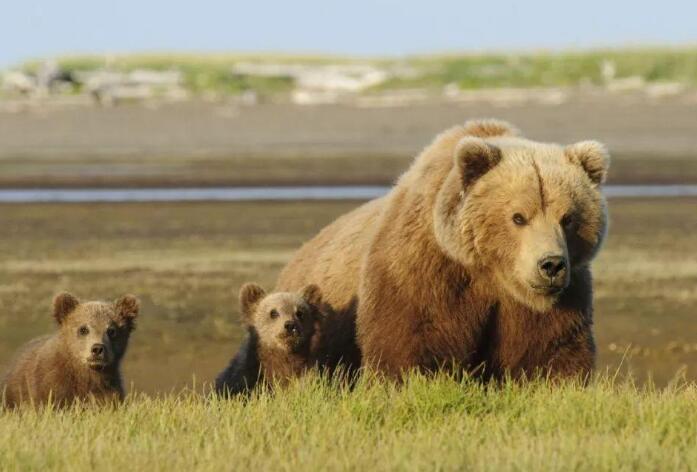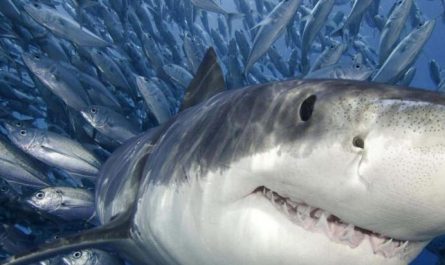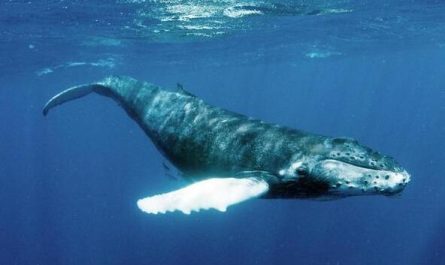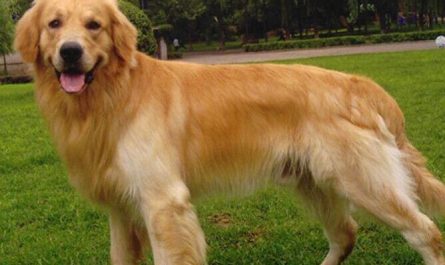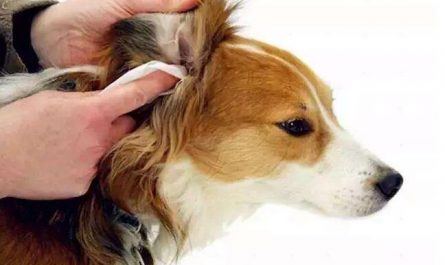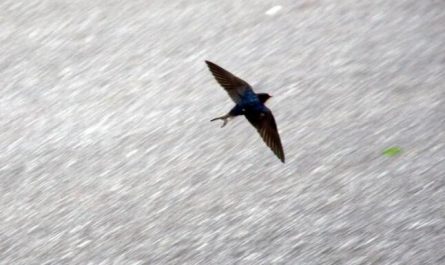The main reason there are brown bears in Japan
Japan’s natural environment protection is very good. Many places have dense vegetation. The living environment of brown bears is similar to that of Japan;
The living environment of the brown bear
The brown bear is a highly adaptable animal, which can live tenaciously from the edge of the desert to the mountain forest and even the ice field. Brown bears living in North America prefer open areas, such as tundra areas and alpine meadows, and their footprints can often be seen near the coastline. Brown bears on the Eurasian continent prefer to live in dense forests for hiding during the day.
Mainly inhabit in mountainous coniferous forests or mixed coniferous and broad-leaved forests and other forest areas. The forests have dead standing trees, wind-fallen trees, burned areas, swamps, river valleys and other types of habitats, and with seasonal changes, there are vertical Migration occurs in high mountain forests in summer and lower forests in spring and autumn.
Japanese environment
As Japan straddles the subtropical, temperate and sub-frigid zones, as well as the complex topography, it is greatly affected by monsoons and ocean currents, and the climate varies significantly from place to place. From south to north, it can be roughly divided into three major climate zones: the western and southwestern coastal areas (generally south of 35°N latitude) have a monsoon subtropical forest climate; the north (Hokkaido and northern Honshu) has a monsoon temperate coniferous forest climate; the rest Most areas have a monsoon-type temperate broad-leaved forest climate.
Japan has a mild climate with an average annual temperature of more than 10°C. Only Hokkaido, northern Tohoku and parts of the mountainous area of Honshu have an annual average temperature below 10°C. There is no severe cold in winter, the lowest average temperature in northern Hokkaido in January is not less than -10℃; summer is not very hot, the average temperature in August in the southern region is between 25~26℃; the annual average temperature of Tokyo in the central part is 15.3℃.
Japan is rich in rainfall, with an average annual rainfall of about 1800 mm, which is much higher than that of countries on the east and west coasts of Eurasia. For example, the annual rainfall in Akita is three times that of Beijing at the same latitude. The annual rainfall in Tokyo is more than twice that of London and Mary.
The areas with the most precipitation in Japan are southeastern Kyushu, southern Shikoku, southeastern Kii Peninsula, and the central counties of Fukui, Ishikawa, and Gifu. The annual precipitation is more than 3000 mm. The coast of the Seto Inland Sea, the Pacific coast of the northern northeastern region and the eastern half of Hokkaido have annual precipitation of less than 1,200 mm. In different seasons, the precipitation in Japan has changed significantly.
Introduction of Japanese Brown Bear
The Japanese brown bear (scientific name: Ursus arctos yesoensis) has a large, round head, a sturdy body, and a raised shoulder. The coat is thick and dense, up to 10 cm in winter; there is a bulging muscle on the brown bear’s back. When they dig a hole, that muscle gives the brown bear’s forelimb strength. They have a pair of powerful bear paws that are 1.5 meters long, and one paw is enough to kill a red deer as big as itself. Their claws cannot stretch and are not very flexible, but the huge force is deadly.
Inhabits a wide range, generally living alone. Plant-based general food accounts for 60 to 90%, including various rhizomes, tubers, forages, grains and fruits, etc. Animal foods such as insects, rodents, ungulates, fish and carrion, etc., hibernate.
Running fast can reach a speed of 56 km/h. The brown bear is not only fast, but also very stamina. Can run for tens of minutes at the fastest speed. Female brown bears give birth in hibernating caves, 1-4 per litter. The cubs are very small at birth, weighing about 500 grams. After stinging, female bears often take their cubs to move around. Regardless of their slow movements, if the cubs are in danger, the female bears will come forward very quickly.
